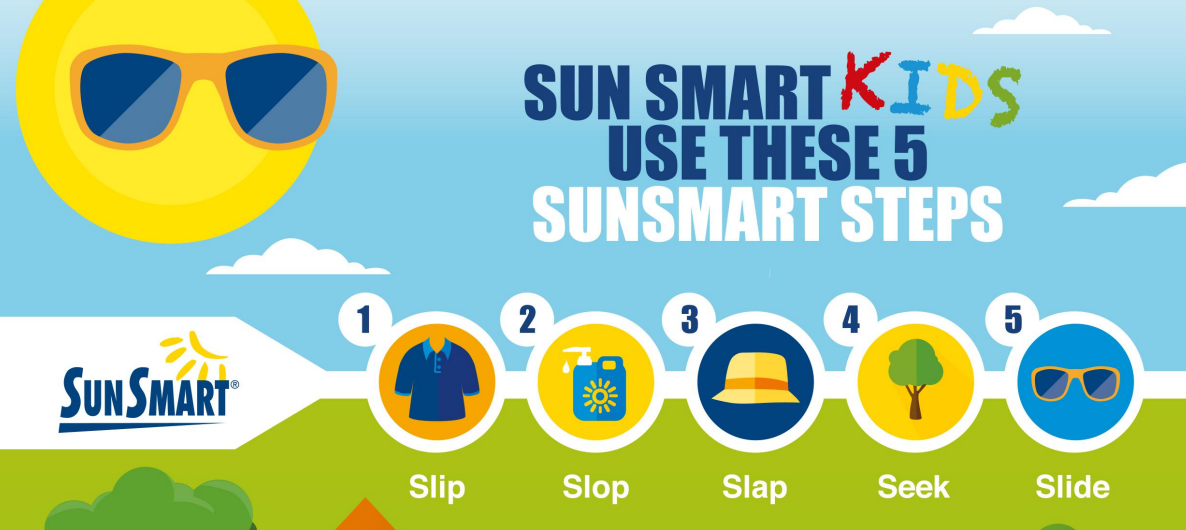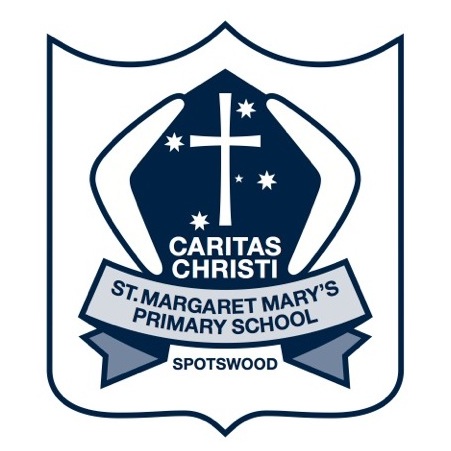
Rationale
Too much exposure to ultraviolet (UV) radiation causes sunburn, skin and eye damage, and significantly increases the risk of skin cancer. UV exposure during childhood and adolescence greatly impacts skin cancer risk later in life. Australia has one of the highest skin cancer rates globally, with UV radiation being the primary cause. Most skin cancers can be prevented by effective sun protection when UV levels reach 3 or higher.
Purpose
This policy outlines effective strategies to:
Ensure students and staff receive safe UV exposure for vitamin D.
Protect students, staff, and visitors from excessive UV exposure.
Provide adequate shaded areas in the outdoor environment.
Support students in developing independent sun protection skills.
Meet duty of care and occupational health and safety (OHS) obligations.
Scope This policy applies to:
All students, staff, volunteers, visitors, and contractors.
All activities and events on and off-site, including recess, lunch, outdoor lessons, assemblies, PE, sports, excursions, camps, and free dress days.
All school-related environments.
Sun Protection Measures The following sun protection measures apply whenever UV levels reach 3 or higher (typically mid-August to end of April):
Shade
Regular shade assessments conducted.
Sufficient shade provided (natural, built, temporary), particularly in high-use areas.
Shade provision considered in future building and grounds planning.
Sun Protective Clothing
Students must wear cool, loose-fitting, densely woven uniforms that cover as much skin as possible, including shirts with collars and elbow-length sleeves.
Students without appropriate clothing must stay in shaded areas.
Hats
All students and staff must wear broad-brimmed, bucket, or legionnaire hats outdoors. Caps are not suitable.
Sunscreen
SPF30 (or higher) broad-spectrum, water-resistant sunscreen encouraged.
Sunscreen application encouraged 20 minutes before outdoor activities and reapplied every two hours.
Sunglasses
Close-fitting, wrap-around sunglasses meeting Australian Standard (AS/NZS 1067) encouraged when practical.
Governance and Leadership
Staff will role-model sun protection strategies, wearing appropriate clothing, hats, and sunscreen.
SunSmart information included in staff orientation.
Staff receive access to professional learning about UV safety.
Curriculum
Sun safety education integrated across the curriculum for all year levels.
Students involved in promoting and modelling sun safety.
Regular reinforcement of SunSmart behaviours through assemblies, newsletters, and notices.
Community Engagement Families, volunteers, and visitors are encouraged to model SunSmart practices by wearing sun-protective clothing, hats, sunglasses, sunscreen, and seeking shade.
Monitoring and Review
Regular monitoring and review of this policy every three years.
Updates communicated to staff, students, and families.
Policy reviews conducted in line with SunSmart membership renewal.
Review Cycle
Last reviewed: March 2024
Next review: March 2029
More Information Visit the SunSmart website or contact Cancer Council Victoria:
Email: sunsmart@cancervic.org.au
Phone: 03 9514 6419
More Information: A Note for Families

